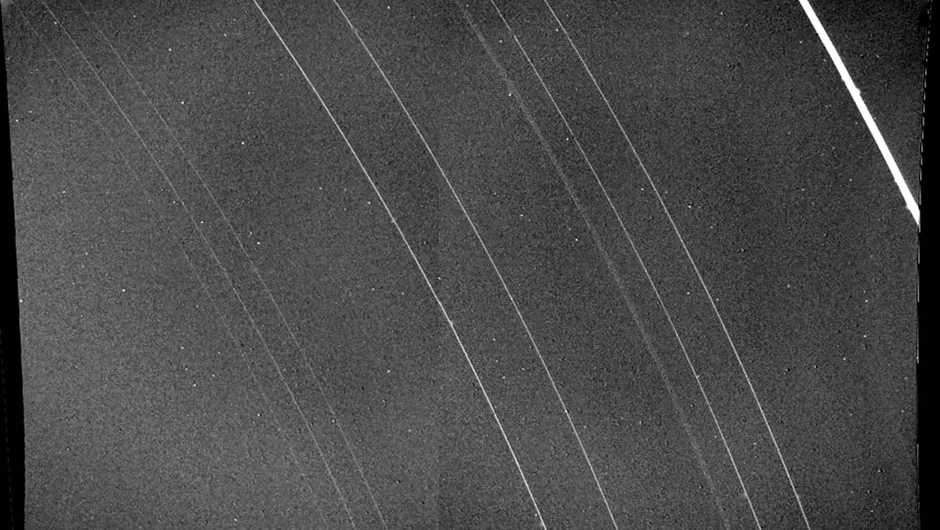On 10 March 1977, a group of researchers from Cornell University set off from Perth, Australia on board the Kuiper Airborne Observatory, hoping to image the occultation of the star SAO 158687 by Uranus.
Jessica Mink was one of the researchers on the plane that day.
We spoke to here about how the team ended up discovering something far more interesting...
Our group’s research at the time was watching planetary occultations; stars getting blocked by planets. If you watch from the ground you often get clouded out and that’s really frustrating, so we turned toNASA's Kuiper Airborne Observatory to get us above the clouds.

There were three of us on the team. James Elliot was our principal investigator, and it was his idea.
Edward Dunham was doing his PhD thesis project on planetary occultations and I had put together the data reduction system and would later analyse the data.
Our plan was to study the atmosphere of Uranus during an occultation.
We wanted to watch the star get blocked over time to get an idea of the temperature and pressure structure of the planet.
You get a bunch of spikes as the atmosphere around the planet focuses and defocuses the star, and you look for spikes that are the same on either side of the planet.
On 10 March the planet was due to occult a star and it turned out the best place to observe was over the Indian Ocean, so we flew from California, where the plane was based, to Perth, Australia.
On the day we did a long, 11-hour flight, turning around somewhere over the Kerguelen Islands.
We went so far that we lost radio contact, and we later found out that our teram back on the ground, fearing the worst, had mobilised the the air rescue service!
We decided that since this we were on this long flight, we’d start well in advance to get a lot of time at Uranus; not something people always do.
We were watching the readings on an analogue chart recorder, but before the main event we got a bunch of occultations we weren’t expecting.

The team initially found five rings though a further four were later found in the data.
In 1986 Voyager 2 flew past the planet, sending back the first direct images of the rings, spotting another two.
Two decades later, the Hubble Space Telescope discovered a pair of outer rings, bringing the total count to 13.
